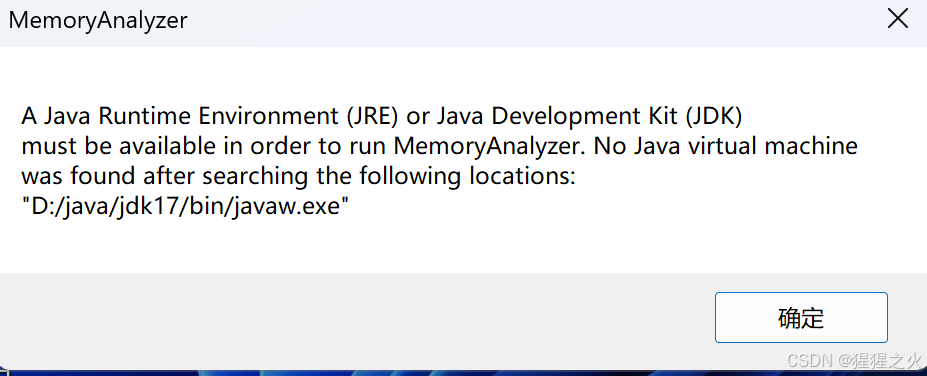foreach标签简介

实践
demo1
简单的一个批量更新,这里传入了一个List类型的集合作为参数,拼接到 in 的后面 ,来实现一个简单的批量更新
<update id="updateVislxble" parameterType="java.util.List">update models set visible =0where llm_idIN<foreach collection="allVisible" item="visible" open="(" separator="," close=")">#{visible}</foreach></update>
- collection=“allVisible”,allVisible代表传入的集合
- item=“visible” ,visible代表集合的每一个元素
- open=“(” 代表以( 开头
- separator=“,” 代表以“,”分隔,
- close=“)” 代表以“)”结束
本质上这里是个拼接,所有要保证这里list不为空,不然会报错
demo2
这里还是个批量更新,但是传入的参数多了起来,这里是的入参是个map,并且里面这个status是一个List类型的
<select id="getModelEvaluateTaskPage" parameterType="java.util.Map" resultType="com.test.test">select * from evaluate_tasks t<where><if test="status !=null">and t.status in<foreach item="item" index="index" collection="status"open="(" separator="," close=")">#{item}</foreach></if><if test="taskName !=null and taskName!=''">and t.task_name like concat('%',#{taskName},'%')</if><if test="startTime !=null and endTime!=null">and t.created_time between #{startTime} and #{endTime}</if>and t.user_id = #{userId}</where>order by t.created_time ${sort}</select>
demo3
这里的场景传入了一个list,里面是多个对象,根据对象的属性A去更新属性B,这里额外使用了 case when then
<update id="bitchUpdateStatueById" parameterType="java.util.List">UPDATE evaluate_tasksSET status = CASE service_name<foreach collection="updates" item="update" separator=" ">WHEN #{update.serviceName} THEN #{update.status}</foreach>END,updated_time = CASE service_name<foreach collection="updates" item="update" separator=" ">WHEN #{update.serviceName} THEN #{update.endTime}</foreach>ENDWHERE service_name IN<foreach collection="updates" item="update" open="(" separator="," close=")">#{update.serviceName}</foreach></update>











![[Redis][哨兵][上]详细讲解](https://i-blog.csdnimg.cn/direct/ae55e6b3f3fd47ec9fc185de73cf5400.png)






